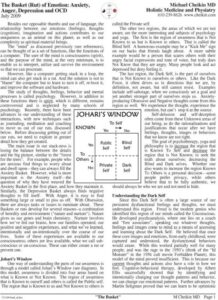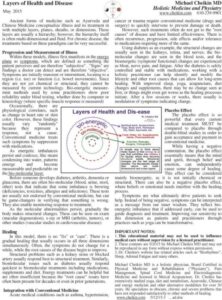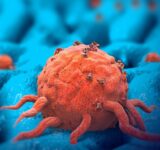These include: vitamins, minerals (elements), oils (omega-3 and trans), hormones, amino acids, and immune markers (for allergy, inflammation and infection). In addition to these naturally-occurring bio-chemicals, we can also test for man-made chemicals, many of which are toxic. These include plastics (such as BPA), pesticides (such as Roundup), heavy metals (such as mercury, lead, and arsenic), halides (such as fluorides and bromides), and petro-chemicals (such as toluene). While some of these tests can be done by conventional labs such as Quest and LabCorp (for which there is some insurance coverage), others require special labs. These labs can be thought of as a professional photography studio, where the chemicals are of higher grade, leading to more sensitive detection and accuracy.
While medicine tends to separate our hormonal system into parts, all hormones work together as a beautiful, complex whole not much different from a Beethoven symphony. Hormones modulate sleep-wake cycle, energy, mood, immune, stress, sexual function, hair, skin and sweat, digestion, fertility and virtually every other biochemical function of the body.
Our Hormone and Metabolic Program consists of:
1) Reviewing past history, data and performing a comprehensive evaluation
2) Design of lab testing protocol and initial lab prescription using conventional labs (Quest and LabCorp).
3) Review and interpretation of the labs using ranges derived from scientific research and thousands of patients worth of data. Often the “reference” ranges provided by Quest and LabCorp are sub-optimal since they are based on past data or known global deficiencies.
4) The interpretation is followed by design and/or adjustment food plan based on the problems, goals and other factors (cost, time frame, energy, etc). We often utilize supplements to address priority deficiencies and absorptive issues. Pharmaceuticals are not altered initially but gentle taper under physician supervision is available.
For new patients, we recommend starting with two sets of labs, usually done approximately 3-4 months apart.





















